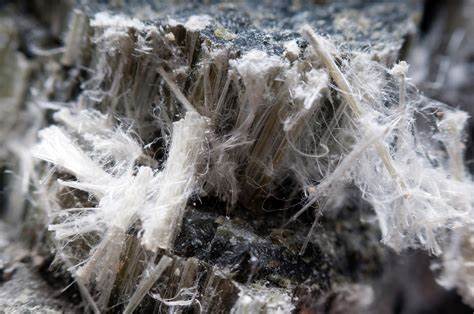DOES A NEW HOME NEED A HOME INSPECTION?
One reason a buyer might be moved to buy a new construction home is the expectation that it will be free from issues found in aging houses — like outdated plumbing or electrical, and even cosmetic flaws. But even though a home is brand new, it can still have issues; in fact, sometimes issues in a home are indeed the direct result of its status as brand-new construction.
In some cases, contractors work fast — too fast. Sometimes certain contractors are building to the bare minimum of code. And frequently, they’re subcontracting out projects to a wide array of vendors, whose expertise and diligence might range significantly. On top of all that, sometimes mistakes just plain happen.
So, the main takeaway is this: buyers should definitely not assume that their new home will be flawless just because it is new construction. Having the home inspected is highly recommended and will be of great benefit to you in the long run.
GET A PROFESSIONAL OPINION
A good home inspection will give you the benefit of an objective third-party looking over the house. You’ll gain valuable insights into the houses’ attributes and vulnerabilities, as all houses have both. A third-party home inspection can add value by evaluating the overall quality and design of the building. Finally, it will give you the peace of mind that you’re purchasing a home that’s in good shape and that will bring you plenty of joy.
Let’s consider some of the common problems that new construction homes might face, and areas that an inspector will look over as part of the comprehensive process.
Common outdoor issues include:
- Incorrectly applied siding
- Gaps and cracks in decks and patios
- Driveway and sidewalk cracks
- Grading and drainage issues
- Foundation movement and horizontal shrinkage cracks
- Improper roofing installation, gaps or missing sealant on roof penetrations
 Indoors, you might find:
Indoors, you might find:
- Cracks in drywall
- Nail pops
- Truss rise
- Humidity inside the home
- Plumbing Drips
- Separating wood flooring
- Doors sticking shut or missing paint
- Cabinets and drawers not opening with ease
- Lack of insulation
- Incomplete construction
- Outlets and lighting not working
With all of these common findings in mind, having the opportunity to find out if the home has any issues, small or otherwise, before you pay for the home; is an important decision because you simply shouldn’t count on the warranty to protect or save you financially. Even if you have a warranty, you’d likely rather avoid a situation in which contactors are taking over the house constantly after you’ve moved in; And of course, if the property has health or safety issues, you’ll definitely want to know about those before you and your family are exposed.
IF THERE IS A PROBLEM – WHAT DO I DO?
Builders are required to issue a limited warranty, backed by a licensed insurer as part of the purchase agreement or on its own. In British Columbia, this warranty program is commonly known as a 2-5-10 Warranty and includes:
- 2 YEAR MATERIALS & LABOUR
First 12 months – coverage for any defect in materials and labour;
First 15 months – coverage for any defects in materials and labour in the common property of a multi-unit building;
First 24 months – coverage for any defects in materials, labour and design supplied for the electrical, plumbing, heating, ventilation and air conditioning delivery and distribution systems. Defects in materials, labour and design supplied for the exterior cladding, caulking, windows and doors that may lead to detachment or material damage to the new home;
- 5-YEAR BUILDING ENVELOPE
- 10-YEAR STRUCTURAL DEFECTS
Running into a construction problem with your new home can feel like a nightmare, so having the home inspected before you take possession is really a win-win situation.





